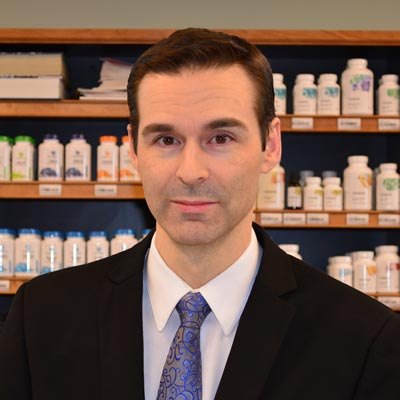Osteoporosis, a condition characterized by the significant loss of bone mass density (BMD), has been an intractable challenge for many elderly patients in the Western world. Conventional approaches have largely relied on heroic volumes of calcium, often coupled with drugs that suppress the activity of the cells that break down and recycle the bone matrix.
While these strategies may offer some short-term benefits, they are not without risk. High calcium intake can increase the risk of heart attack and a general tendency toward calcification of soft tissue, which causes the tissue to harden. Medications, on the other hand, can linger in the body for years and may have significant side effects.
While bisphosphonate drugs may increase bone density, they do not improve flexibility – which is a measure of how adaptive the tissue is to shock. A bone that is more rigid and less flexible is more likely to shatter than flex in response to strong forces. Therefore, caution is still warranted even in cases of BMD improvement following the administration of any therapy.
Nutrition: Maintenance, Prevention, and Therapeutic Potencies
Bone health requires many nutrient cofactors, calcium being the predominant focus for much of the last half-century. A deeper understanding of our nutritional needs has led us to recognize some other elements our body requires for optimal skeletal support.
Vitamin D3
D3 is responsible for proper calcium absorption in the small intestine. Optimally, you should establish proper dosing by testing your blood levels. Recommendation: adults usually require between 2000 to 5000 IUs per day.
Calcium
The major mineral constituent of skeletal tissue. Recommendation: 500 to 800 mg from all sources daily.
Vitamin K2
K2 helps to regulate the movement of calcium in the body, may scavenge calcium deposits from soft tissue, and is critical for building the mineral volume in skeletal tissue. Recommendation: 100 mcg of K2 (as MK-7) daily for maintenance. Up to 45 mg of K2 (as MK-4) daily for therapeutic benefits, including the possible reversal of established osteoporosis and a decrease in fracture risk.
Magnesium
This mineral appears to encourage the movement of calcium into skeletal tissue. Deficiencies are associated with osteoporosis. Recommendation: 400 mg daily from all sources.
Boron
A trace mineral required in very small amounts under typical circumstances. Recommendation: 3 mg daily doses indicated for women in perimenopause and beyond.
Exercise
Engaging in regular load-bearing exercise encourages mineral fixing in skeletal tissue. Examples include high-impact activities such as running and competitive sports – but a brisk walk is generally enough. Even though walking only impacts feet and leg bones directly, the volume of tissue engaged in the activity encourages a physiological response that reaches throughout the body.
Inflammation and Osteoporosis
Inflammation is a daily reality for many adults. While we often suffer from the aches and pains associated with aging, there may be a more subtle influence at work beneath the surface.
Persistent systemic inflammation has a suppressive effect on the activity of osteoblasts, the cells responsible for rebuilding the bone matrix. Suppressing inflammation has been shown to increase osteoblast activity and improve BMD.
The powerful antioxidant and anti-inflammatory herb, turmeric (curcuma longa) has a long history of culinary and medicinal use. Pairing turmeric extract with omega-3 fatty acids from fish oil can help to manage the inflammatory processes that lead to tissue degradation.
Whether we are faced with a recent diagnosis of osteoporosis or are simply determined to mitigate our risk factors, we now know what tools can help achieve better bone health, safely and effectively.



